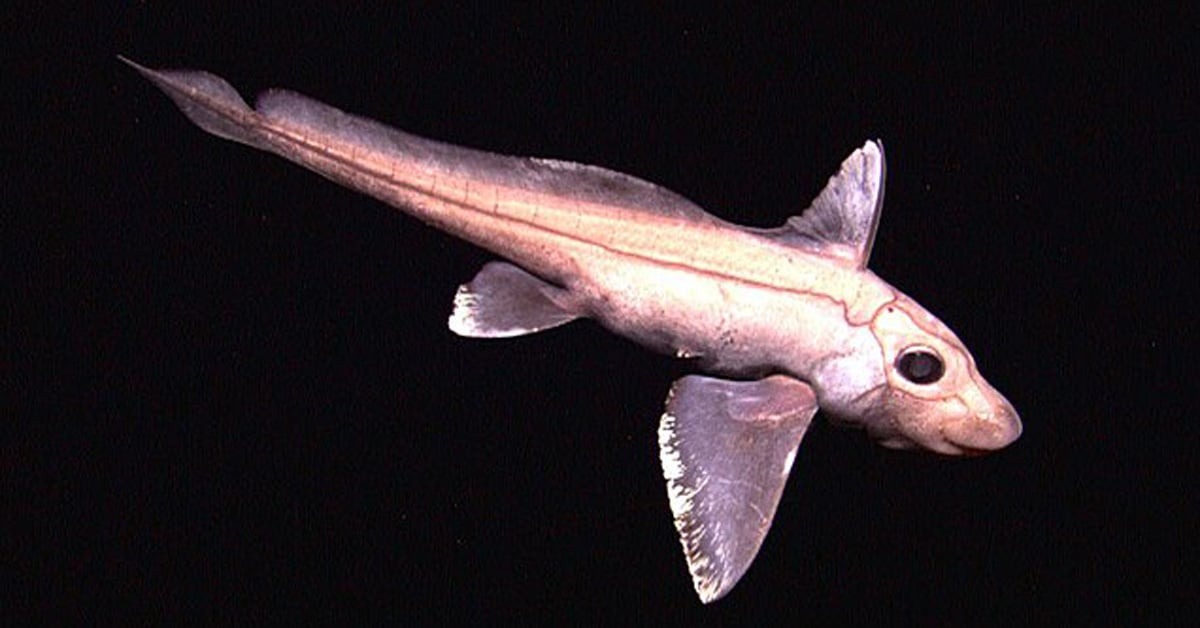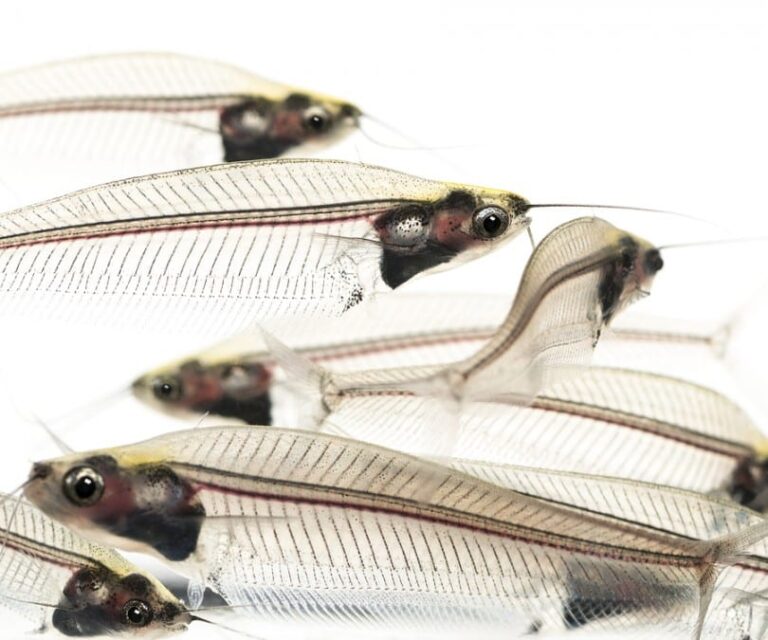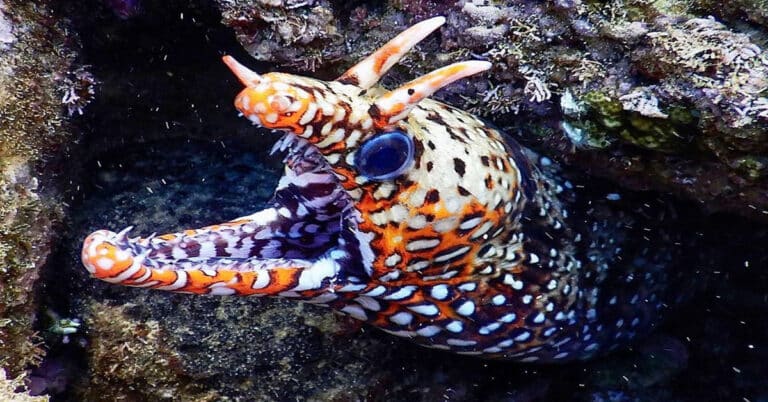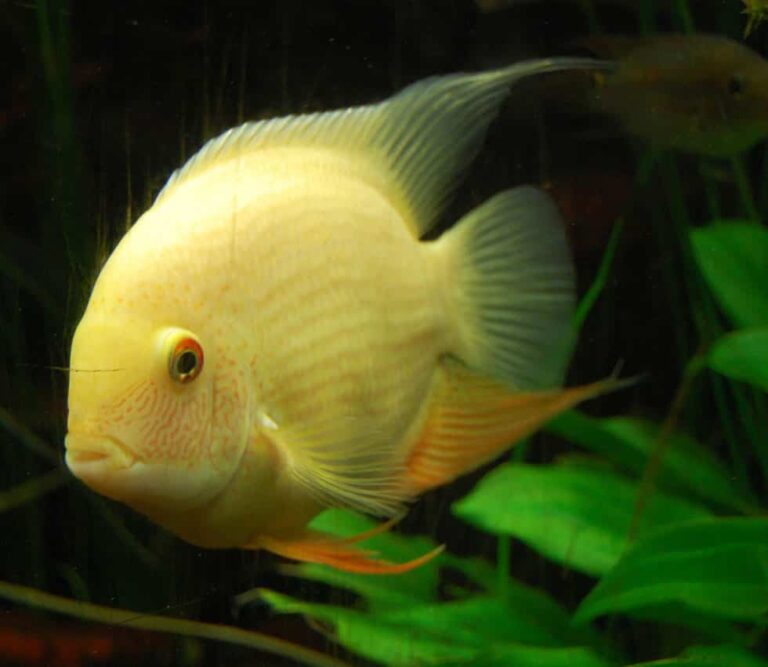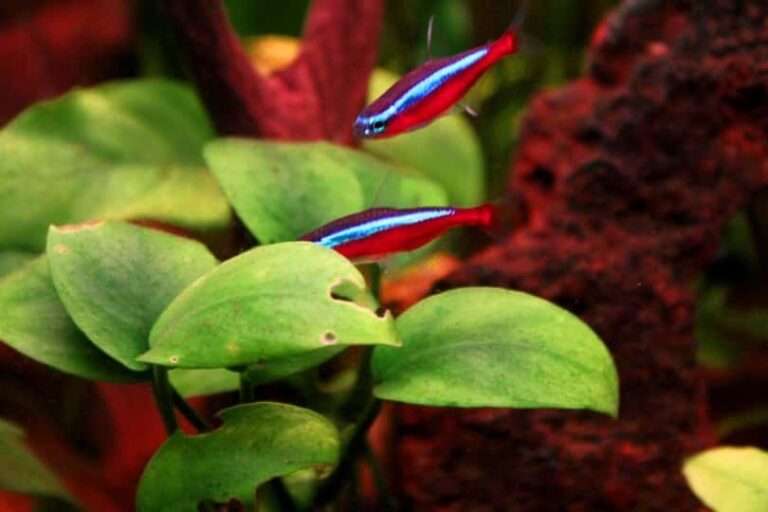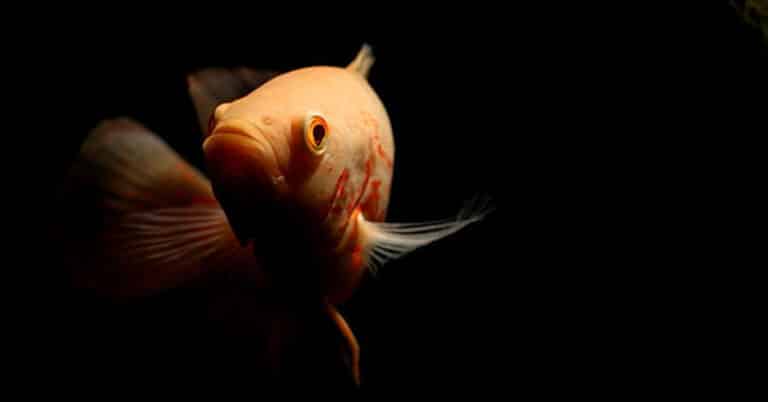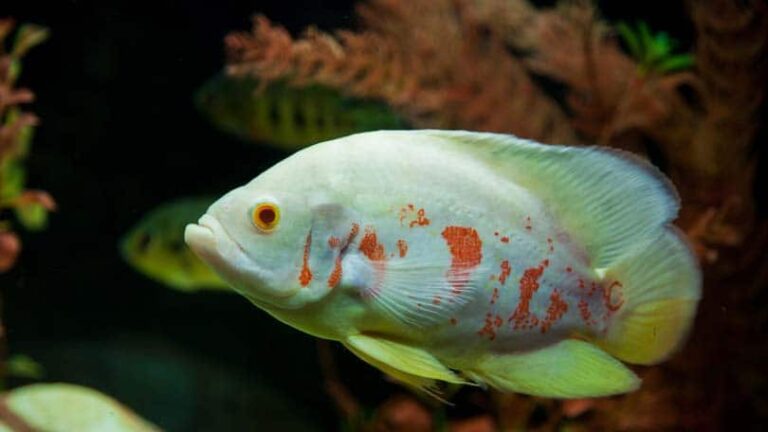Chimaera: The Ghost Shark
If you are a fan of Harry Potter or understand ancient mythology, the word “chimaera” might lead to specific associations. But the main character of our article is not a monster whose body consists of various animal parts fused together, nor does it emit fire. Instead, it certainly lives up to the eerie expectations associated with its name and amazes viewers with its boneless body, wing-like fins, pointed teeth, large, glowing eyes, and poisonous spine.
The history of origin, evolutionary adaptations, living environment, and reproduction habits of chimaeras are no less interesting than their visual specifications. Luckily, below, we’ll explain all about Chimaera or Ghost Shark, as some people call it.
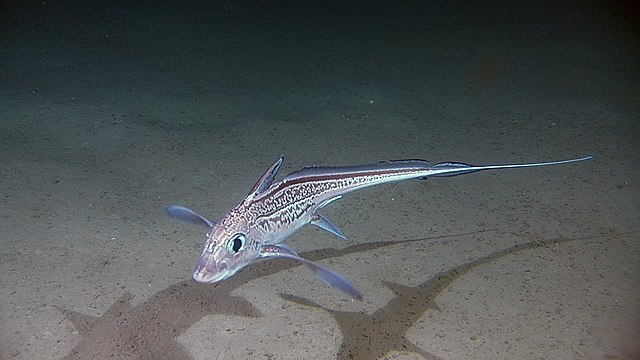
What Is the Evolutionary History of Chimaera?
Dinosaurs ruled the earth about 240 million years ago, but long before their appearance, as early as 360 million years ago, chimaeras were living in the deep waters. Despite such a distant history, the earliest fossils of a chimaera were discovered in South Africa in the 1980s. Due to their visual specifications, chimaeras are often referred to as Ratfish, Spookfish, Water Rabbits, and even Ghost Sharks.
Chimaeras are distant relatives of sharks but surprisingly, their evolutionary paths diverged about 400 million years ago. Nowadays, chimaeras are distinguished from sharks not only by their upper jaws that are fused to their skull but also by 4 gills with one external opening and 3 pairs of large permanent grinding tooth plates.
Scientists divide chimaeras into 3 main categories based on the size of their noses.
- Plow-nose chimaera
- Long-nose chimaera
- Short-nose chimaera
Although chimaeras have lived for hundreds of millions of years in the deep waters of the Earth, they are quite complicated to study in their natural habitat, and therefore we know little about them. Scientists estimate that there are 50 species of chimaeras in the world, but determining the exact number is still a challenge. Thanks to the scientific advances brought about by technological developments, we may further discover new species of these deep-water cartilaginous fish.
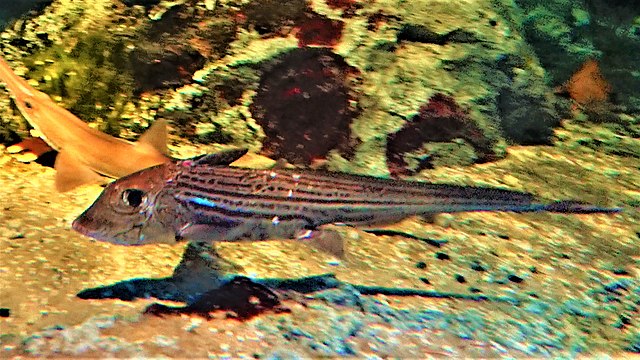
Ghost Shark Appearance
The typical size of a Chimaera or ghost shark ranges from 61 to 183 centimeters. They have skin that ranges from black to light blue to brownish gray and is quite smooth and delicate. That could explain why they’re quite vulnerable to injury. Chimaeras rest on a cartilaginous skeleton instead of bones and therefore belong to the group of chondrichthyans.
These deepwater dwellers bring into the world a body ornate with pale stripes and spots, the lower part of which is covered with a pale silver color.
Chimaeras have a blunt and rounded head, large, round rabbit-like eyes, a long and narrow rat-like tail, rodent-like ever-growing tooth plates, large pectoral fins, and venomous spines. Some species may also have lengthy, elephant-like noses.
Where Do Ghost Sharks Live?
Chimaeras can be found in all oceans around the world, except Antarctica. Although some chimaeras reside in coastal waters at around 200 meters, most of them live 2,500 meters deep, meaning that ghost sharks are perfectly adapted to life in the deep ocean. It is because of this natural habitat that it is particularly tricky for scientists to observe chimaera.
Deepwater explorers might catch a glimpse of ghost sharks in a variety of habitats, including volcanic boulders and cobblestones, high rocky terrain, and soft sediments such as sand and mud. Specifically, if the rabbit fish is found in the North Atlantic and the Mediterranean Sea, other chimaeras, such as the Galapagos shark, have a way more limited range and reside only on the Galapagos Islands. As for the spotted ratfish, it is often seen in shallow water and is easier to observe. Consequently, researchers know more about its living requirements.
What Do Chimaeras Eat?
Chimaera is a predatory fish whose diet includes crabs, starfish, shrimp, worms, and small fish. In the process of obtaining food, the species often stirs in groups. But sometimes, it may also decide to hunt independently. Since chimaeras live mostly near the bottom of the ocean, their mouths point downward when they move, which helps them pick up grub from the seabed.
Chimaera hunts mainly at night in conditions of zero visibility, yet their large eyes allow them to catch sight without light. In addition to vision, the chimaera’s excellent sense of smell and the ability to perceive weak electric fields generated by living organisms enables it to hit upon its prey. The system of stitches located on the entire body allows the ghost shark to effectively feel the light vibrations generated in the water.
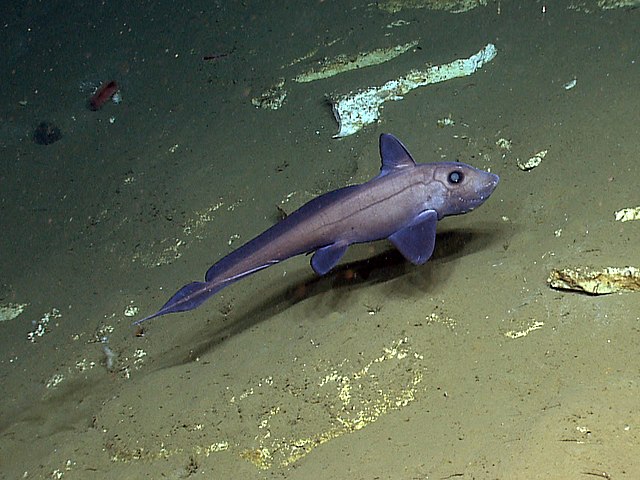
Survival Traits of Ghost Shark
Ghost sharks have slow-evolving genomes, which explains why numerous of their qualities are somewhat out of step with today’s maritime species. Nevertheless, the fact is that these traits aid the chimaera in adapting sufficiently to live in bottomless waters.
One of the most pronounced evolutionary adaptations of chimaeras is their large pectoral and pelvic fins, which enable them to cover greater distances with less energy. In terms of vision, their large eyes allow them to absorb as much light as possible from a perpetually dark environment.
As for the bulging nostrils, they are particularly sensitive to electric fields and water ripples, which provide the ghost shark with an early warning of the approach of a predator or victim. Along with the nostrils, the chimaera’s lateral line system made up of suture-like lines around the eyes and on either side of the body, assists in this process as well.
Since swimming on the bottom of the ocean leaves the chimaera vulnerable to attack from above, nature has not betrayed the ghost shark in this aspect either, and this highly adapted fish has been gifted with a considerable venomous spine as a gift of evolution.
Lifespan & Reproduction Habits
Chimaeras live for about 25 to 30 years. Interestingly, they reach sexual maturity quite late, on average, at 11 years of age. Females reach adulthood a year later than males and produce the offspring in slight numbers, with only 2 eggs per season. Just like some of their shark relatives, female chimaeras release their eggs into the water on muddy sea bottoms during the spring months.
According to researchers, ghost shark eggs take 6 to 12 months to hatch. Chimaera hatchlings usually reach around 13 centimeters and resemble miniature versions of their adult parents. Just like most deep-sea dwellers, chimaeras have slight interaction with their offspring as they grow and develop in the relatively shallow layers of the ocean.
Chimaeras are characterized by depth segregation and reside in distinct layers of the ocean. While male ghost sharks and Chimaera hatchlings are more common in the shallow waters of the Atlantic Ocean, adult female Chimaeras usually reside in deep waters.
Such segregation might be related to the reproductive habits of chimaeras and is often caused by the social factor of avoiding a mate. Perhaps, over time, the remembrance of female chimaeras has been imprinted at the genetic tier that frequent mating is associated with blood loss or physical damage, and therefore they sidestep active communication with their mates.
According to another scientific explanation, the warm waters of the ocean surface may have a positive effect on the production of sperm, while the cold waters characteristic of the deeper layers may promote the growth of the embryo.
Threats & Conservation
Just like sharks, chimaeras are vulnerable to threats from commercial fishing, as coastal chimaeras are hunted uncontrollably by fishermen all around the world.
In addition to overfishing, ghost shark populations are helpless to climate change, ocean acidification, habitat degradation, and poor public knowledge. It is exactly because of this lack of information that scientists find it difficult to properly understand their way of life and develop policies that can effectively benefit and conserve the species.
According to the International Union for Conservation of Nature (IUCN), despite measures taken at the regional level in the last ten years, more than 50% of chimaeras, along with Mediterranean sharks and rays, are still at risk of extinction and urgent measures are needed to preserve their populations and habitats.
Despite the presence of poisonous spines, chimaeras still have natural predators. Each ghost shark senses their proximity with the help of sensory organs and tries to avoid contact with them in time. It is thanks to these sensory organs that the chimaera can sense slight movements and even weak electric fields.
Along with large sharks, humans also prey on chimaeras for their meat and even more for their liver oil, which was once an effective gun lubricant and is now considered one of the most popular health supplements.
Final Thoughts
Although very little is known about the way of life of the chimaera, it is no longer surprising how this deepwater dweller got its name. The chimaera is indeed one of the eerie inhabitants of the ocean, but who knows, the depths may hold even more mysterious dwellers than the ghost shark. Time and scientists whose mission is to track down unique chimaera-like creatures hidden away from the human eye will find out the truth behind the perspective.

Nato is a content writer and researcher with a background in psychology who’s eager to explore the wonders of nature. As a travel enthusiast and animal lover, she hopes to inspire others to discover and cherish the beauty and importance of the natural world.

